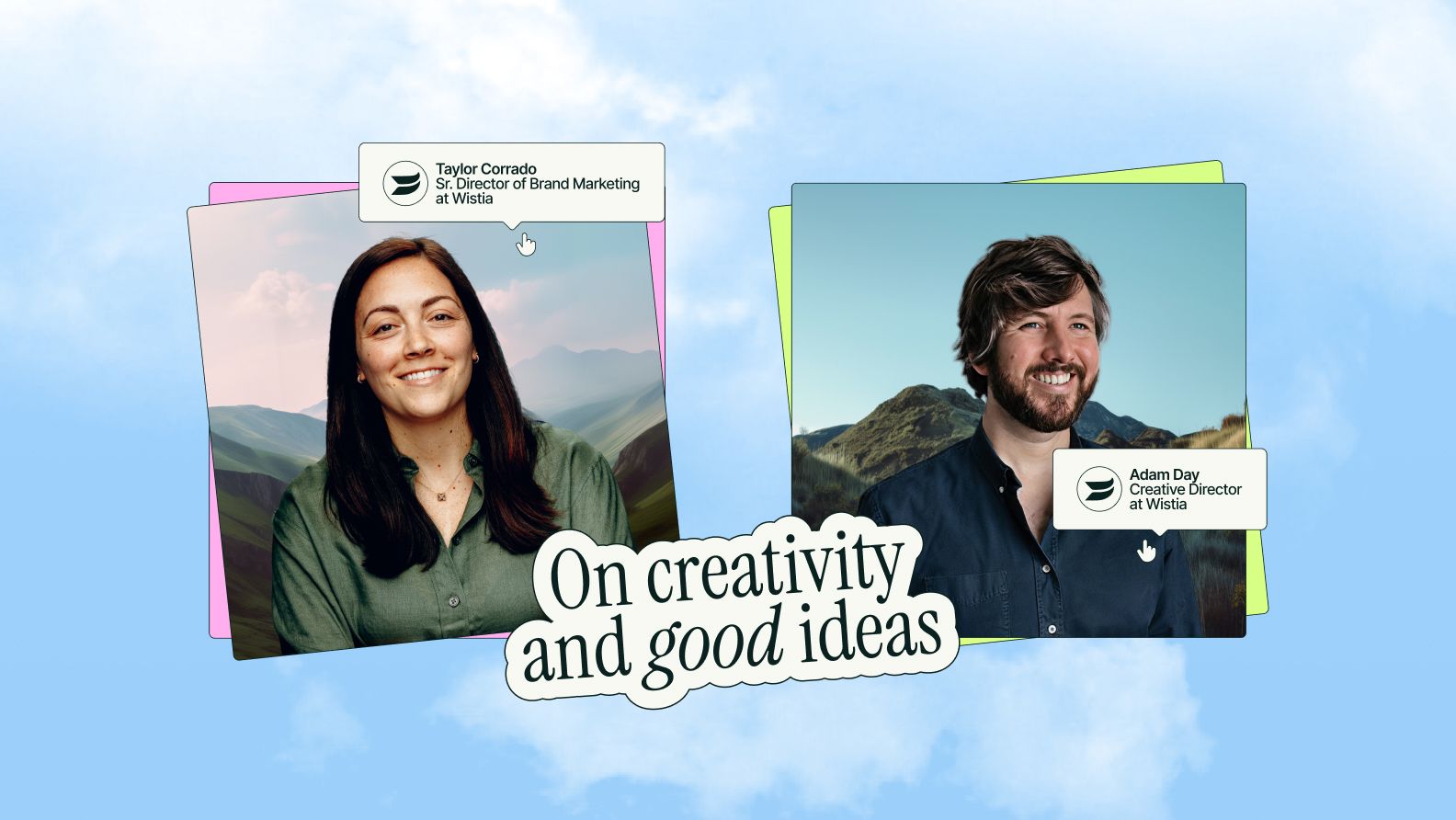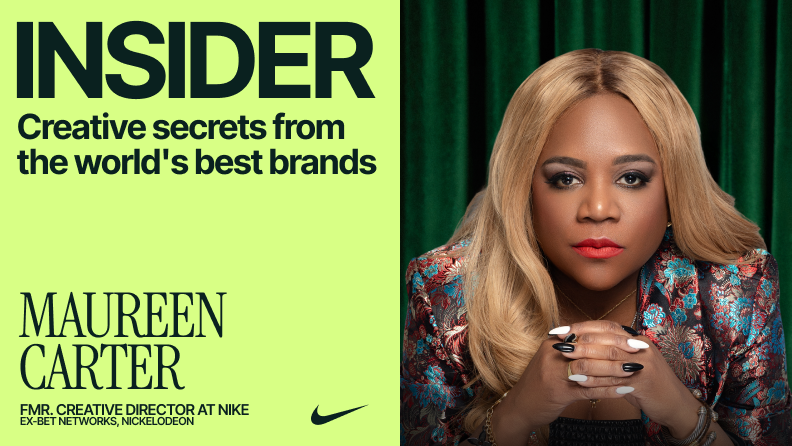It’s no longer “if AI"—It’s “how”

AI is changing the game but slapping tools on a problem won’t fix it. Creatives (96%) and execs (89%) agree—AI boosts speed and quality. But adoption isn’t plug-and-play and no single tool is a magic fix. Superside’s Director of AI Consulting Jan Emmanuele breaks it all down in this deep dive.
From the designer’s keyboard to the executive boardroom, creative professionals and senior leadership agree on the fact that businesses should embrace AI.
Creatives in particular have little doubt about the benefits, with 96% saying AI will speed production and 93% indicating it will also elevate quality. Following suit, 89% of the executives realize how generative AI drives efficiency and unlocks new possibilities, like building custom image and illustration libraries and greater freedom and agility in concepting.
With alignment on “why”—the focus shifts to “how”
Everyone wants to get to the end results as quickly as possible. But, there’s more to AI transformation than simply picking the right tools. If that’s all you look at, you’ll fail more often than you succeed. Especially when the people leading change—the in-house teams—are already overcommitted.
Source: The Overcommitted Report
Think bigger than tools and tech
You can’t just give everyone access to a tool like Midjourney and call it a day. A strategic, mindful approach makes all the difference. Successful AI adoption is multi-dimensional: Your people need to be prepared and your rollouts must be carefully planned for the highest-reward, lowest-risk implementations.
Put people first
The top three barriers to AI adoption—education, awareness and skill sets—all have rational and emotional components. You can counter fear with education. But, first, you have to identify the roots of the anxiety.
Meet with your teams. Have open conversations and assess where people really are. Find out what they know and don’t know—even if it’s different than you think or believe. Identify and empower dedicated AI champions who can help those with concerns overcome obstacles.
Look before you leap
As you determine where to integrate AI into your creative workflows, it’s tempting just to pick a process and dive right in. This is akin to knocking down a wall before checking to see if it's load-bearing or where the wiring and pipes might be.
Internal creative teams are experts at working lean and maximizing efficiencies. With this in mind, take the time to think holistically—looking at the entire blueprint of your creative workflows so you know where you’re making changes and why you’re doing so—ensuring that the problems you're aiming to solve will have a significant impact.
After all, there’s more to creative processes than production and AI can do more than generate images. Map and evaluate all of your workflows from early discovery to final delivery, determining where AI can add value to research, ideation, information sharing, data analysis, quality assurance, personalization, localization and more.
The AI question has changed. Are you ready?
AI is here to stay and your transformation will be a long-term commitment. Your teams will need ongoing support. Your workflows will be updated time and again. Things will go right—and wrong.
You'll learn as you go—putting foundations in place, pivoting from unexpected detours and iterating on wins. Before you know it, building prompt and image libraries will be like second nature—and custom models and design systems will be the norm. It all starts by thinking outside the tools.
Jan leads Superside's AI Consulting Team, leveraging industry experience gained during his doctoral studies and tenures McKinsey and a venture capital fund specializing in generative AI. Connect with Jan to talk more about AI and what the weather's like in Helsinki.
You may also like these

Results with heart: Inside Superside's empathy-fueled path to performance
Creative impact can’t be captured by a single metric or mood.But it is visible in results—and few understand this balance better than Superside's Gradwell Sears, Chief Creative Officer, and Josh Mendelsohn, Senior Director of Product Marketing. In our latest guide, Inside Great Creative Partnerships, Sears and Mendelsohn discussed how creative and marketing leaders must harmonize emotional resonance with measurable business performance to drive real impact.Spoiler: Results matter, but so do the people behind them. From ROI to vibes and empathy to partnerships that thrive, keep reading to see:Why creative is foundational to performance
Open doors, unlock ideas: Inside Wistia's creative partnership
An SNL-inspired twist on a classic campaign.An analogue book that’s shipped over 700 copies around the world.A TikTok series narrated by a psychic raccoon.Okay, that last one’s made up. But one thing’s for sure, the creative and marketing teams at Wistia don’t just bring the creativity—they crank it to eleven.That’s why we had to speak with them for Superside’s latest guide, Inside Great Creative Partnerships. Wistia’s Adam Day, Creative Director, and Taylor Corrado, Senior Director of Brand Marketing, were kind enough to oblige and spill their secrets, including:
Get off the conveyor belt: 22 leaders on the secret to great work
“It can’t be an assembly line. You have to bake in collaboration—brainstorms, thought starters—before your jump to production. That’s where the best ideas come from.”Kevin Branscum, Senior Director of Brand Marketing at Typeform, shared this thought when we interviewed him for our latest guide. And he wasn’t the only one. The concept of partnerships—true collaboration between marketers and creatives—came up over and over again as the lynchpin for any successful campaign.That’s why we called the guide, Inside Great Creative Partnerships.It digs into hard-earned, real-life lessons from 22 top creative and marketing leaders shipping great work, together. We’ve already spilled their number one secret. But there are many more big ones, like:The source of great ideas










